This hotel is swank – there is no other word for it… other than green.
The sheer number of plants and greenery puts most local outdoor gardens to shame. The hotel has one of the largest glass roofs in the world (it’s four acres and weighs 650 tons) and three indoor gardens that cover nine acres. I spent most of my off time just wandering around in these gardens – and I swear that every day I saw something different.
In the evenings I sat by the river (yes the hotel has a river running through it) eating dinner and listening to the live piano music played around 7pm. I remember thinking to myself during this these times that the hotel has a really mystical feel to it when the lights go down and the music starts playing.
Going back to the river in the centre of the hotel, it is more than a quarter of a mile long and is big enough to have a passenger boat that ports tourist back and forth throughout the day. I could never figure out exactly where they were going, but the fact that you can ride a boat on an indoor river has a definite coolness factor. The year that I was there, the river was “christened” with samples of water from all over the world. Some 4,000 – 5,000 samples came from places like Israel, Japan and Australia and were used in a ceremony called the Blending of the Waters.
The Hotel was designed by Earl Swensson — a man with a mission. His goal is to redesign Nashville so it is more people friendly (kind of like my goal to redesign the internet so it is more user friendly). His theory is that most architecture in the US is boring and very “unfriendly to people”. So, he wants to create buildings that have tons of comfort zones and just make people feel better; and, believe me, he achieved this with the Opryland Hotel.
The lobby of the Opryland has a massive mural covering the walls. This mural was painted by the Tennessee artist T. Max Hochstetler. When originally commissioned to to the work, Hochstetler was told to recreate the “Golden Age of Nashville” (the 1880s and 1890s). Hochstetler spent two years painting nine murals representing landmarks like the old Public Square, Belmont Mansion, Woodland Street Bridge in 1886, the Ryman Auditorium, State Capitol, University Hall at Vanderbilt University, Jubilee Hall at Fisk University, Union Station and the Downtown Presbyterian Church.
The hotel’s collection of art is not limited to the lobby as the hotel makes an effort to purchase works done by Tennessee artists and the display these works throughout the hotel.
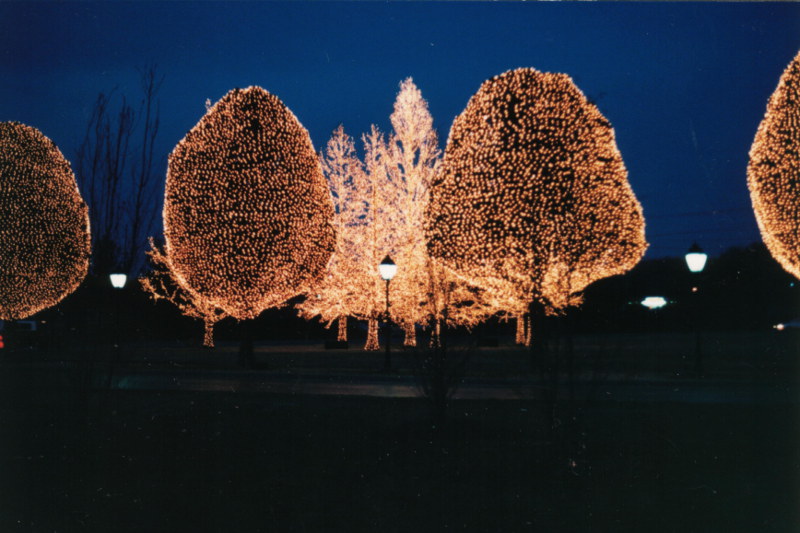
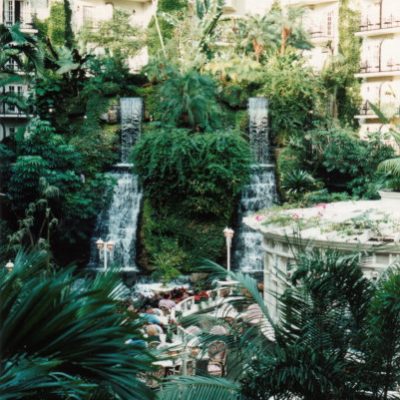
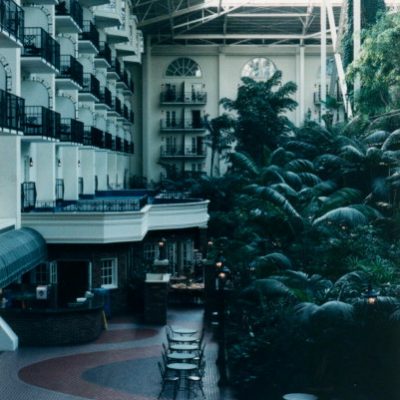
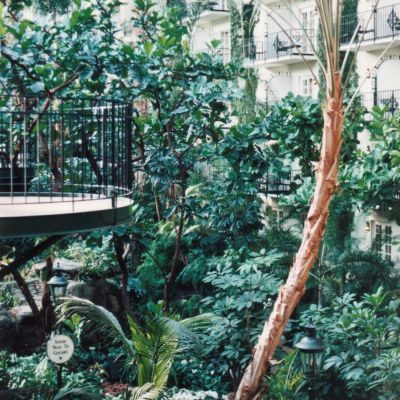
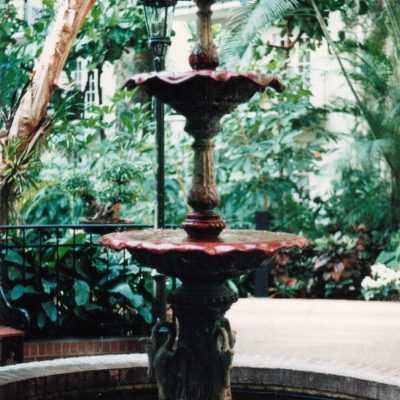
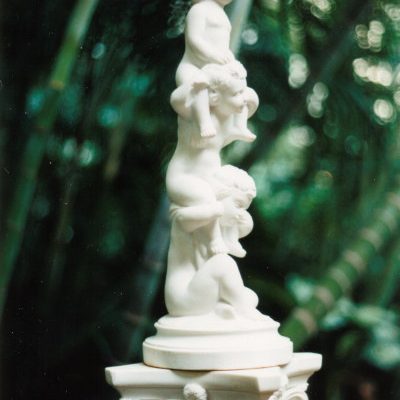
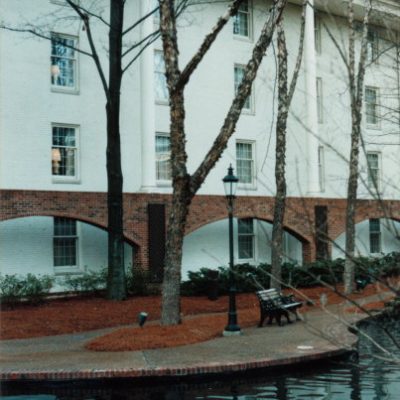
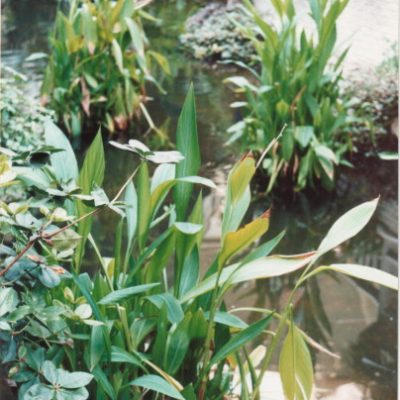
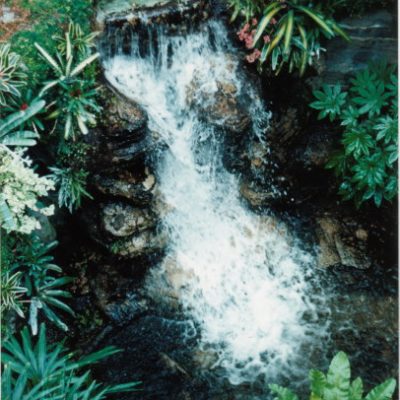
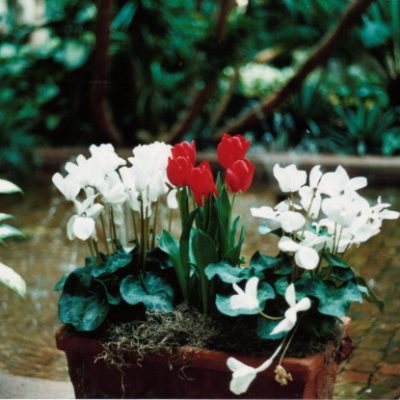
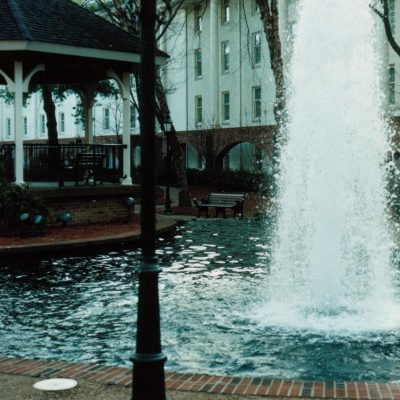
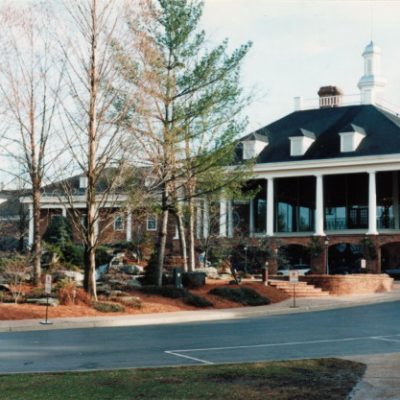
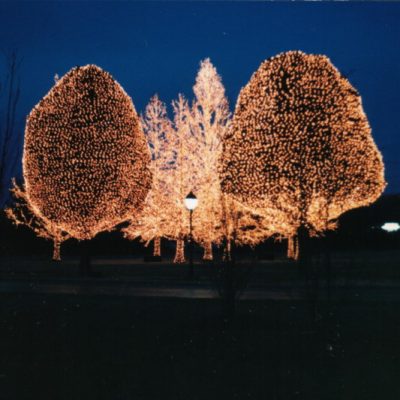
0 comments on “Opryland Hotel”Add yours →